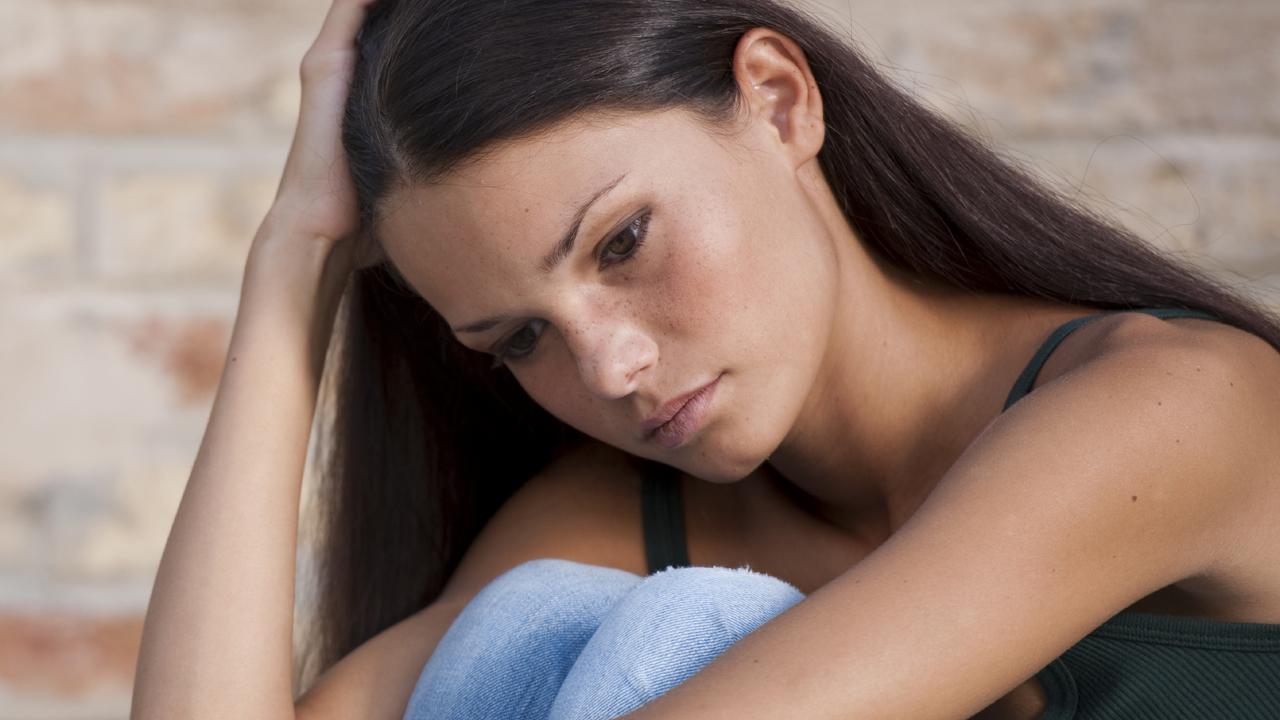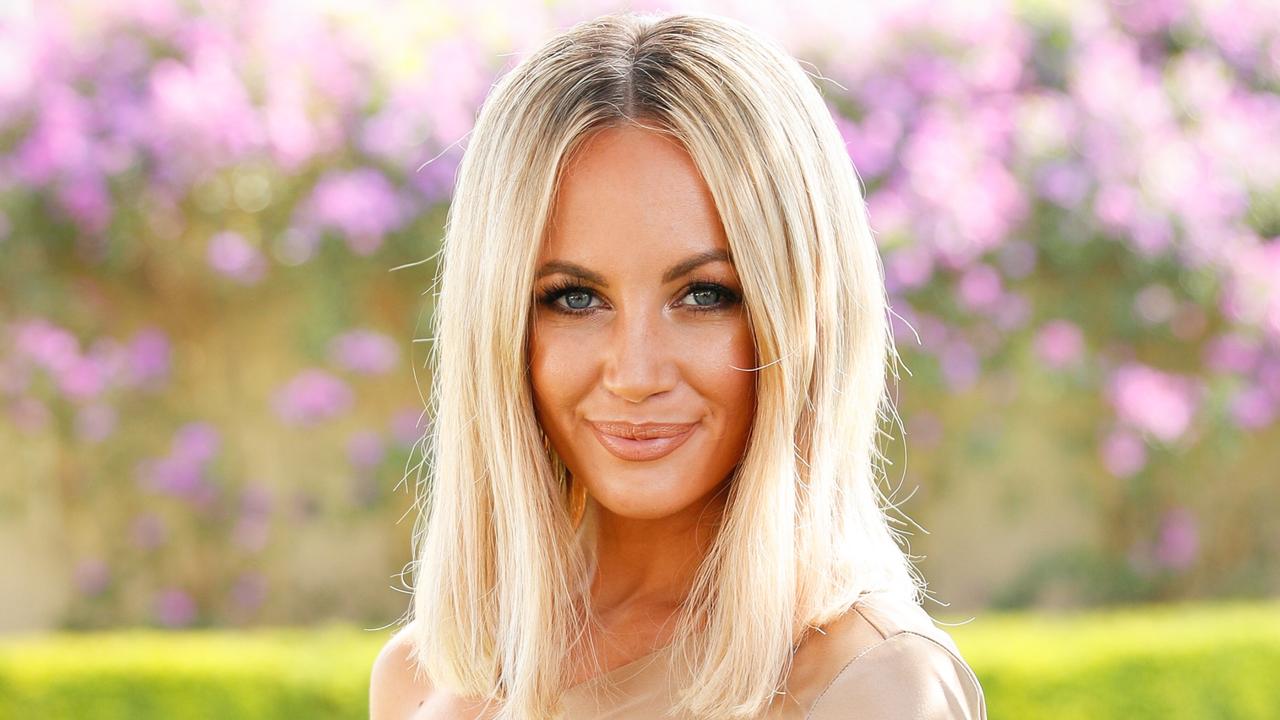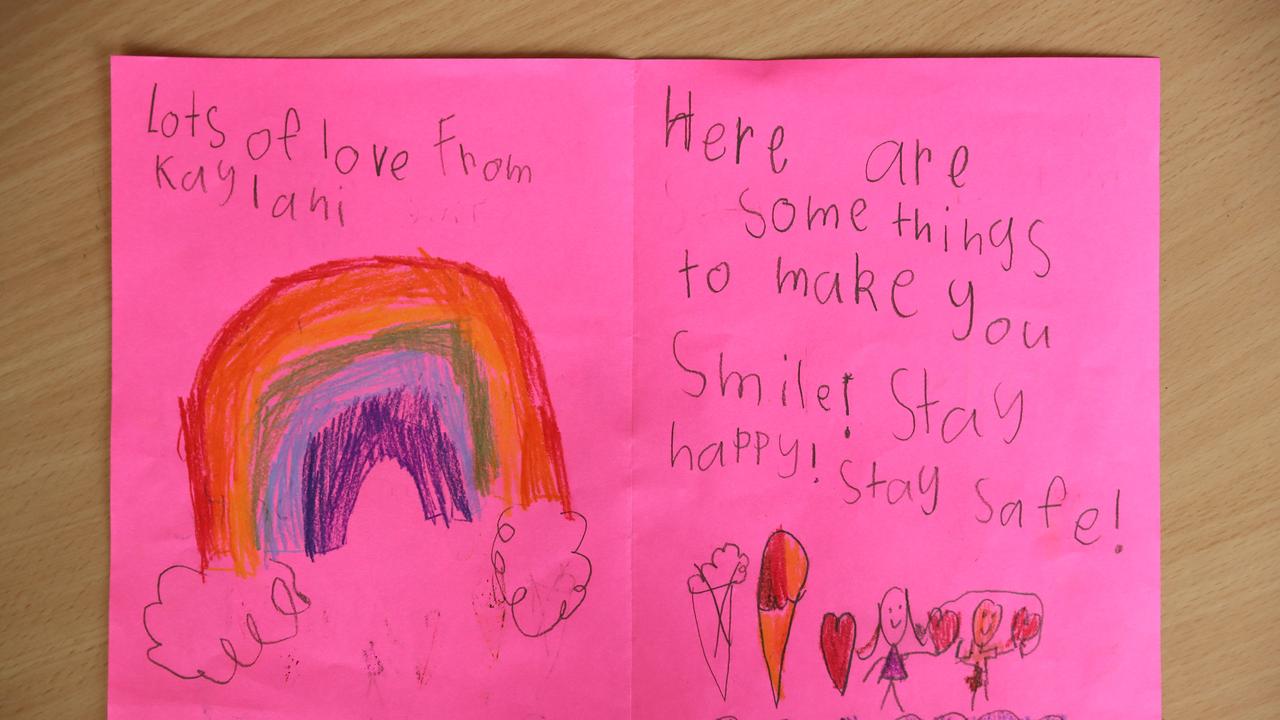Immigration detention centres: What life is really like inside and how it impacts mental health
BEATINGS, self-harm, anxiety and depression. That’s the reality of life for these people, who describe it as a ‘hell’ that nobody gets to see. Until now.
IMAGINE a life wracked with anxiety and depression. Surrounded by people with lips sewn shut on hunger strikes or suffering terrifying flashbacks.
Where any night you could be woken with a torch in the face and asked to confirm your ID number, or where as a mother, your child has no fresh food or place to learn to crawl.
MORE: Scott Morrison signs Cambodian refugee deal
That’s the devastating reality described by those living in immigration detention centres, held for indefinite periods which can take an extraordinary toll on mental and physical health.
Iranian refugee Mohsen Soltany, 44, spent four years in immigration detention before being granted refugee status and described it as a “hell” that nobody gets to see.
“You think Australia is one of the countries that respect human rights but it’s totally, totally different,” he toldnews.com.au.
“People have more respect for criminals in this country than those seeking asylum”.

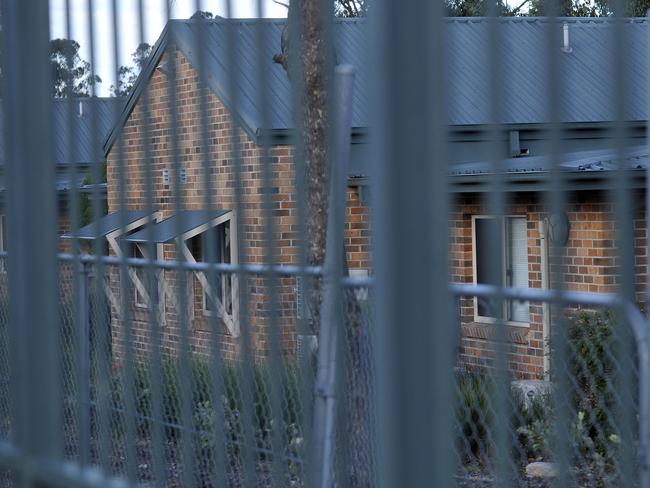
The comments come amid stark claims about what really happens inside these high profile but secretive institutions.
Yesterday, the immigration department was asked to investigate whether staff on Nauru sexually exploited female asylum seekers by forcing them to strip in exchange for showers.
Greens Senator Sarah Hanson-Young said she was contacted by distraught detainees who claimed guards hunted down a woman for sex and traded cigarettes for sexual favours, as well as drugging detainees with marijuana to reduce anxiety levels in the camp.
MORE: Government to bring back Temporary Protection Visas
For Mr Soltany, who lived in Port Hedland, Villawood and spent three months in prison for what he says was a peaceful protest, life in detention left him like a “dead zombie” plagued with anxiety and nightmares.
“I was scared all the time ... All the nightmares started. I was scared from even my shadow.”
He recalled being woken in the middle of the night and forced to recite his ID number. He claims to have been bashed, sworn at, left in isolation and described the nights as particularly bad when people succumb to their darkest fears.
“It was after sunset I would start to worry. Not only that, sometimes it was three o’clock [in the morning] and you wake up with a torch to ask your ID, what’s your number?”
“Prison was a wonderful place to see instead of detention … It was totally shocking to a human being who was just asking for asylum in this country.”
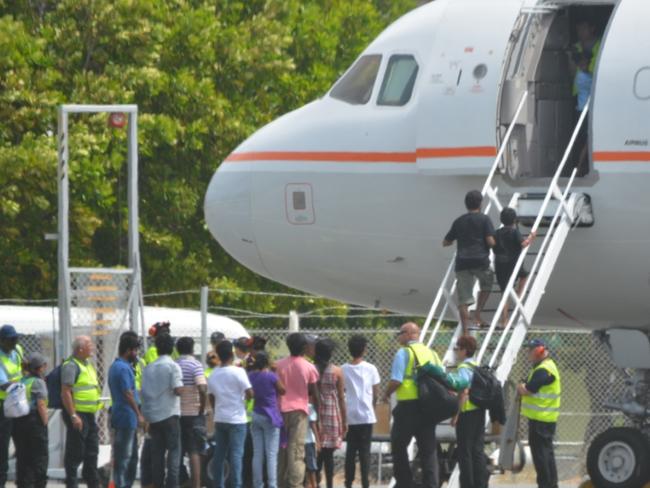
His experience is a common one, according to NSW School of Psychiatry, Professorial Chair of Trauma and Mental Health, Dr Zachary Steele, who has worked with asylum seekers and said there’s no doubt it can transform adults in a short space of time.
“We see detention create borderline personality disorder in healthy adults in 12-18 months.”
MORE: Claims detainees were forced to strip for a hot shower
“For short periods of time it’s not so harmful — by short periods I mean three months. After three months there’s an increasing impact and then it starts to get progressively worse.”
“Certainly by six to nine months we see quite bad mental health outcomes in a large portion of the population — much worse than their compatriots in the community. There’s something very much about detention environment that leads to deteriorating mental health,” he said.
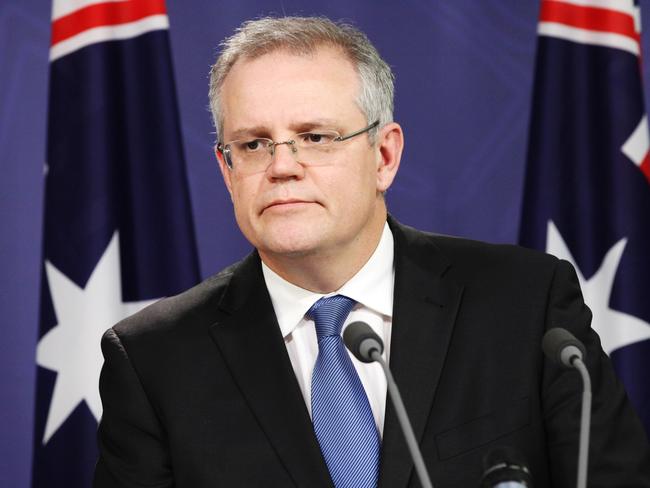
The Department of Immigration declined to comment but referred news.com.au to a statement made by Immigration Minister Scott Morrison to the Australian Human Rights Commission National Inquiry into children in immigration detention in late August, where he said “nobody in this government, wants to see children in detention if it can be avoided.”
Talking about Christmas Island, Mr Morrison said facilities are equivalent to those in the community, “and in many cases far better” with around 70 clinical staff, including 25 for mental health and paramedics on call 24 hours a day.
The minister said he understands the challenges of such a policy “but sentiment cannot be indulged at the expense of effective policy that is saving lives and ending the chaos and tragedy that was occurring that many thought could never be turned around and that is my duty.”
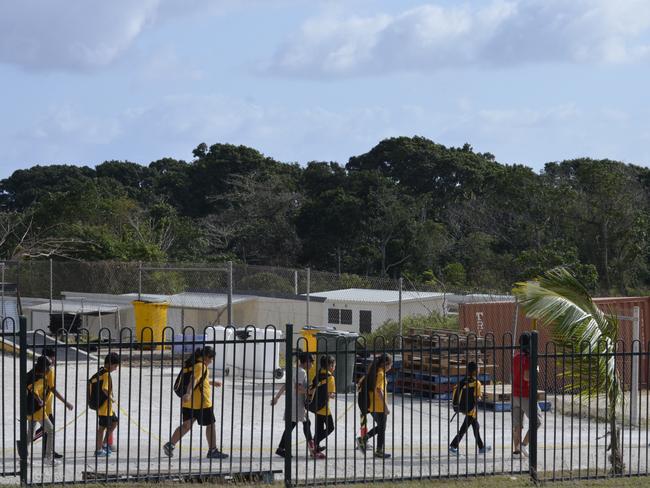
Prof. Steele said the reason life in detention is so traumatic is that as soon as the gates are locked, people effectively lose control over everything in their lives.
“They go into a situation where they’re incarcerated, they face potential repatriation to a situation where many of them fear, with good reason, being returned.”
“They’re facing future threats, many of them have experienced torture and trauma. From a psychological perspective that’s a level of entrapment that’s going to induce progressive terror in people’s mental state,” he said.
“It’s not like people can go to court. There’s no redress for injustices. You haven’t been convicted of any crime. Of course you go to acts of protest ultimately more extreme [because] ultimately the only thing you have control of your own body. If these occur in any institution it’s probably a sign that standard human rights have been abandoned,” he said.
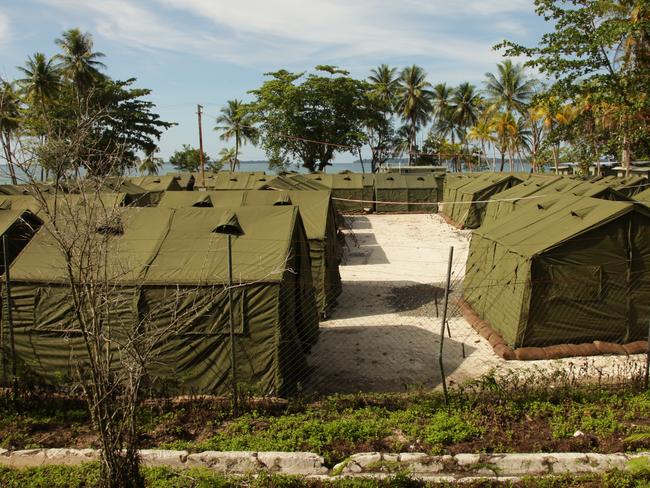
Numerous studies back up these claims, with children suffering particularly badly.
A recent inquiry by the Human Rights Commission found children suffering from distress, bed-wetting, suicidal ideation and self-destructive behaviour like self-harm, with the severity linked to amount of time spent in detention.
Data from the Department of Immigration and Border Protection shows that of the 1,102 asylum seekers currently held in detention on Christmas Island, 128 children self-harmed between January 2013 and March 2014, while 89 adults did the same, according to the inquiry.
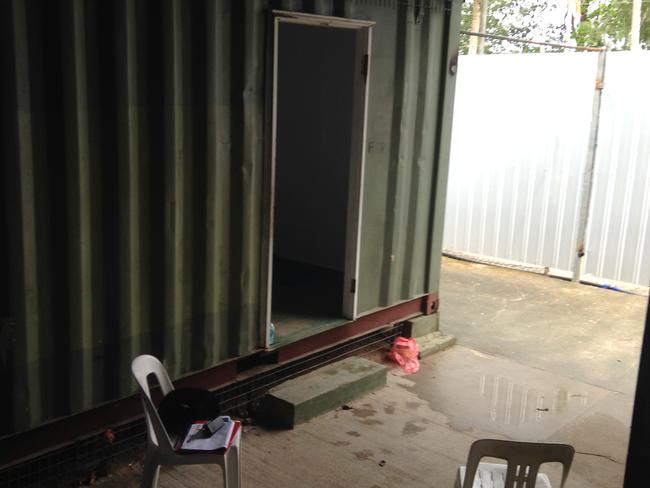
A visit from Commission President Gillian Triggs revealed people lived side-by-side in cramped spaces with nowhere for children to learn to crawl or walk. She said the number of mothers on suicide watch has also increased, where they are under surveillance 24 hours a day, even while breastfeeding and sleeping.
“Of greatest concern was the high rate of distress — anxiety, depression and self-harm among otherwise healthy young mothers with young children,” Professor Elliott said
“Many mothers are depressed after giving birth and suffering health problems related to childbirth and the unhygienic conditions in the camps. This maternal distress has the added impact of disrupting the mother-child bond and will potentially have lasting adverse effects on the mental health of their children.”
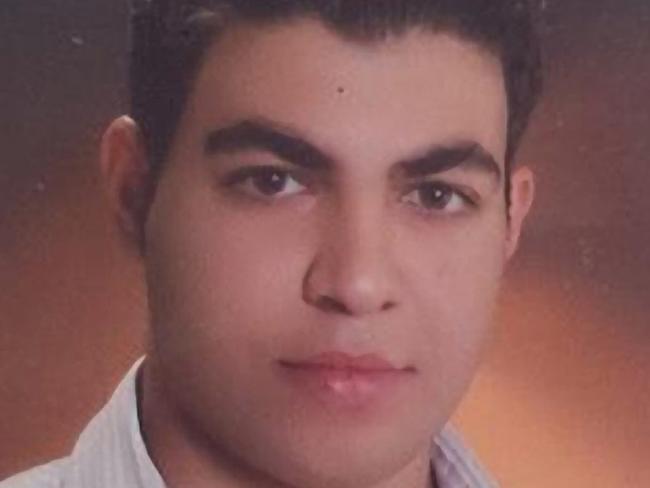
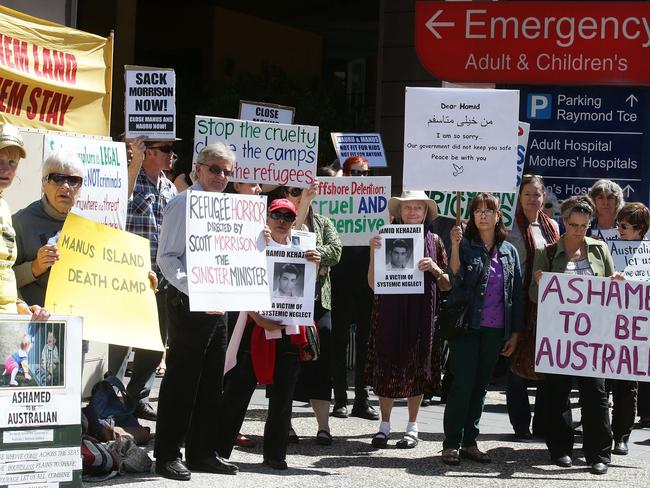
It’s a view reflected by Dr Peter Young, who previously worked as the chief psychiatrist for asylum seekers in detention.
He recently told The Guardian the environment is “inherently toxic”, making him one of the most senior inside sources to speak out against conditions, which he described as effectively torture.
“If we take the definition of torture to be the deliberate harming of people in order to coerce them into a desired outcome, I think it does fulfil that definition,” he said.
As at 31 July 2014, there were 3702 people in immigration detention facilities, according to the immigration department. Of these, around 15% had been detained for 3 months or less, while 40 per cent were held for more than 12 months.
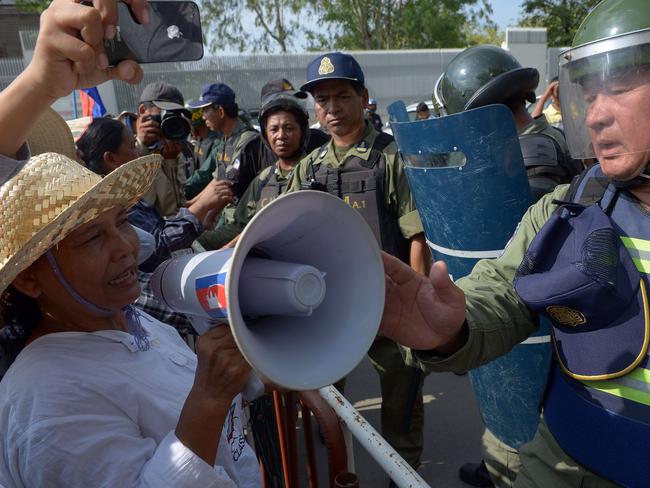
For Mr Soltany, constant flashbacks mean he is effectively still experiencing what life is like being held in detention, saying “I see everything back there all the time”
“They want to accept the people living as sheep. They can’t be sheep, they are human beings. You can’t treat people like that.”
“Enough is enough. You’re living in the 21st century. You’re not living in the 15th century. Australian people they don’t know the reality.”
If you or someone you know needs help contact Lifeline 13 11 14

